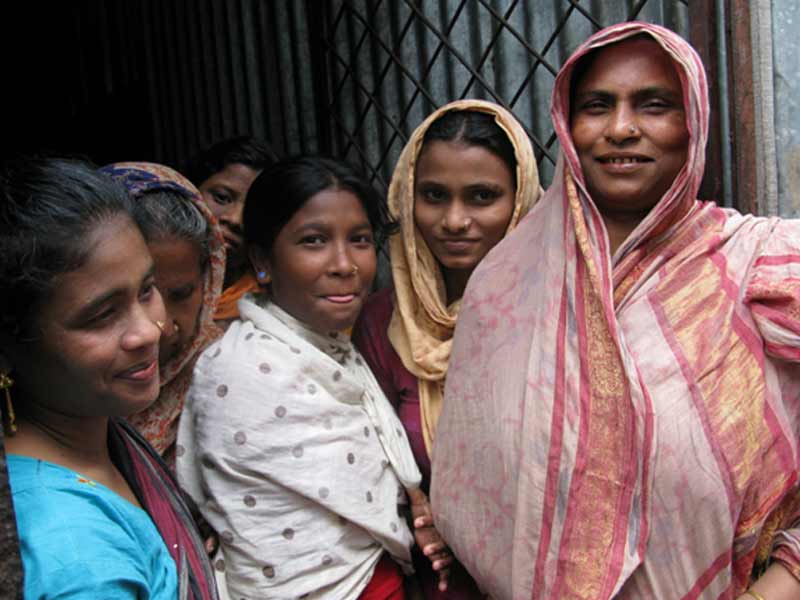
How ‘Data for Food Security’ is Driving Change
Governments in low- and middle-income countries spend millions every year on agriculture to address food insecurity, but they do so without reliable or accurate data, leaving them “flying blind” when it comes to developing evidence-based policies for food security. As a result, food insecurity is rising.
This is the message of a crucial new report by the Global Partnership for Sustainable Development Data titled Data for Food Security: How can the international community drive transformative change?
The report brings together over 40 organizations in order to address the problem, encompassing governments, international organizations, NGOs, and the private sector.
Data is critical to food security. It enables decision makers to target efforts and understand the benefits and costs of their decisions. It is not a stretch to say data will drive transformational change in sustainable food systems. Data for Food Security explores the topic in depth, and provides a framework for investment in effective data moving forward.
Here’s what you need to know.
Underinvestment
First, the bad news: it is not only that investments in data are poorly targeted, it is that they are insufficient. Simply, governments, donors, and international organizations are not keeping pace with the need for food systems data. In fact, it has been estimated that official development assistance for data will need to “at least double” to finance adequate national data systems.
As the report puts it, “countries face chronic lack of investment in data collection and statistical systems.” This means that data is inadequate or outdated, or simply doesn’t exist.
Alternative Data Sources
The good news, according to Data for Food Security, is that technological innovation is allowing for new and alternative sources of data to be produced and utilized.
This innovation is increasing the speed and decreasing the cost of data collection, while allowing for enhanced collaboration between stakeholders to ensure that what’s being created is exactly what’s needed. It is being used to make food production and distribution more sustainable, and connecting different parts of the food system which were previously segregated.
Solutions to Bad Data
Data for Food Security provides a litany of solutions for how to create and utilize more effective data moving forward.
First, investment from governments and organizations must be scaled up and increased, while improved collaboration on the national, international, and local levels should be used to ensure that the data produced is the data required.
Crucially, investment must be made in capacity development related to new data technology. In this, there is an opportunity to lead, and a risk of being left behind.
Data is the Key to Food Security
As one senior diplomat put it in the report: “data and statistics are like oxygen for the economic development of developing countries. Without good data and statistics, you cannot make it.” Data for Food Security shows that it is data which holds the key to food systems change, and to the hope for food security in the future.



